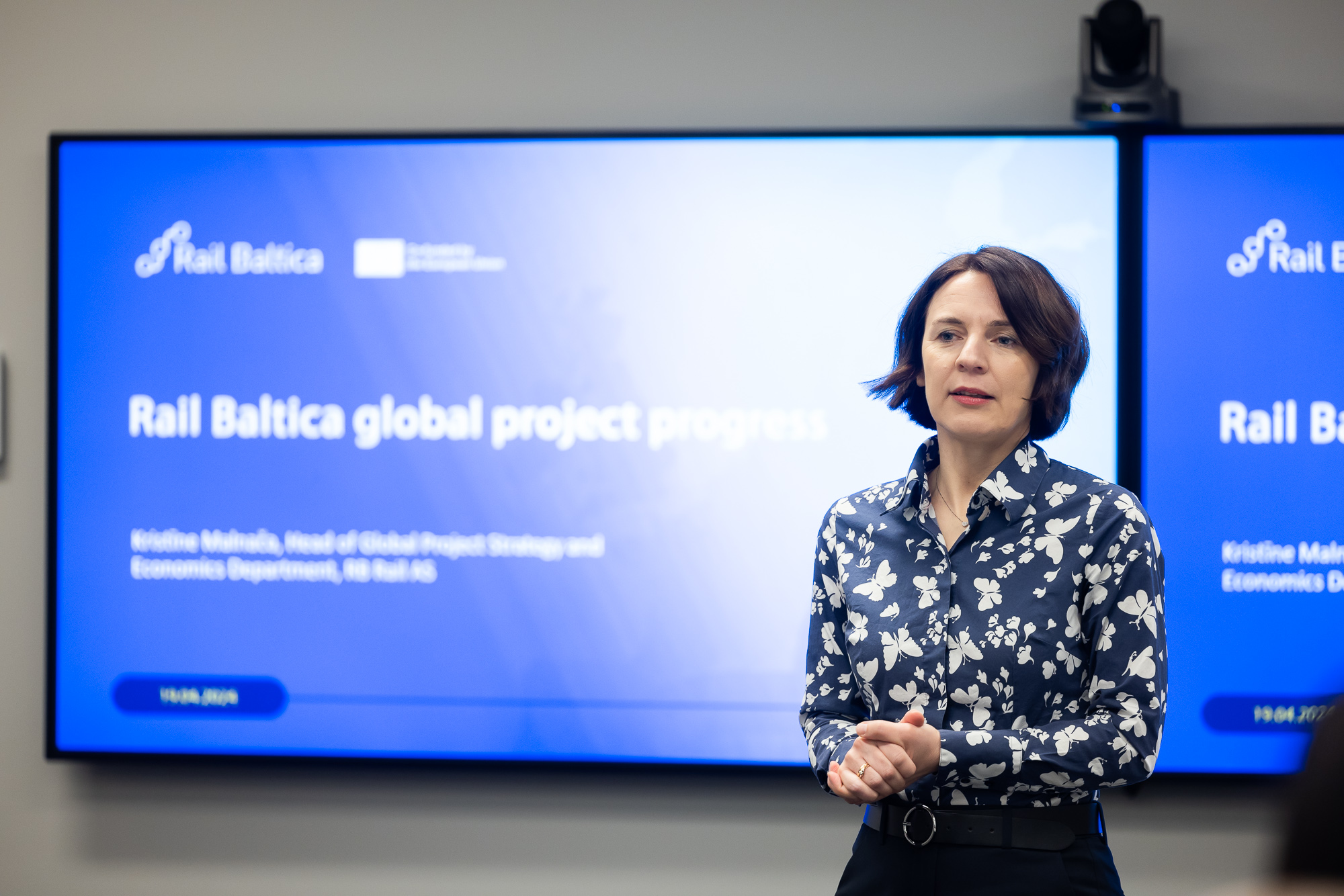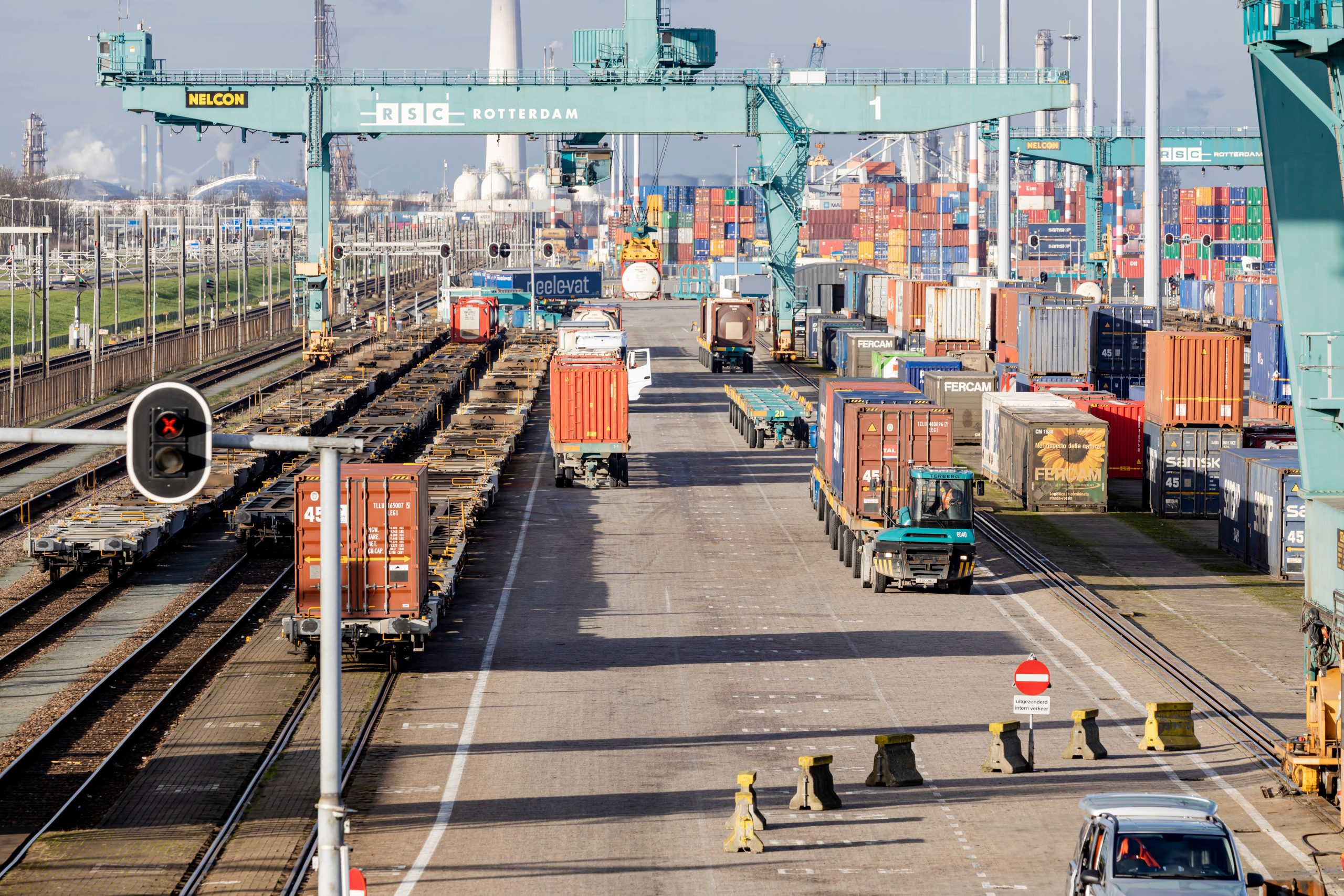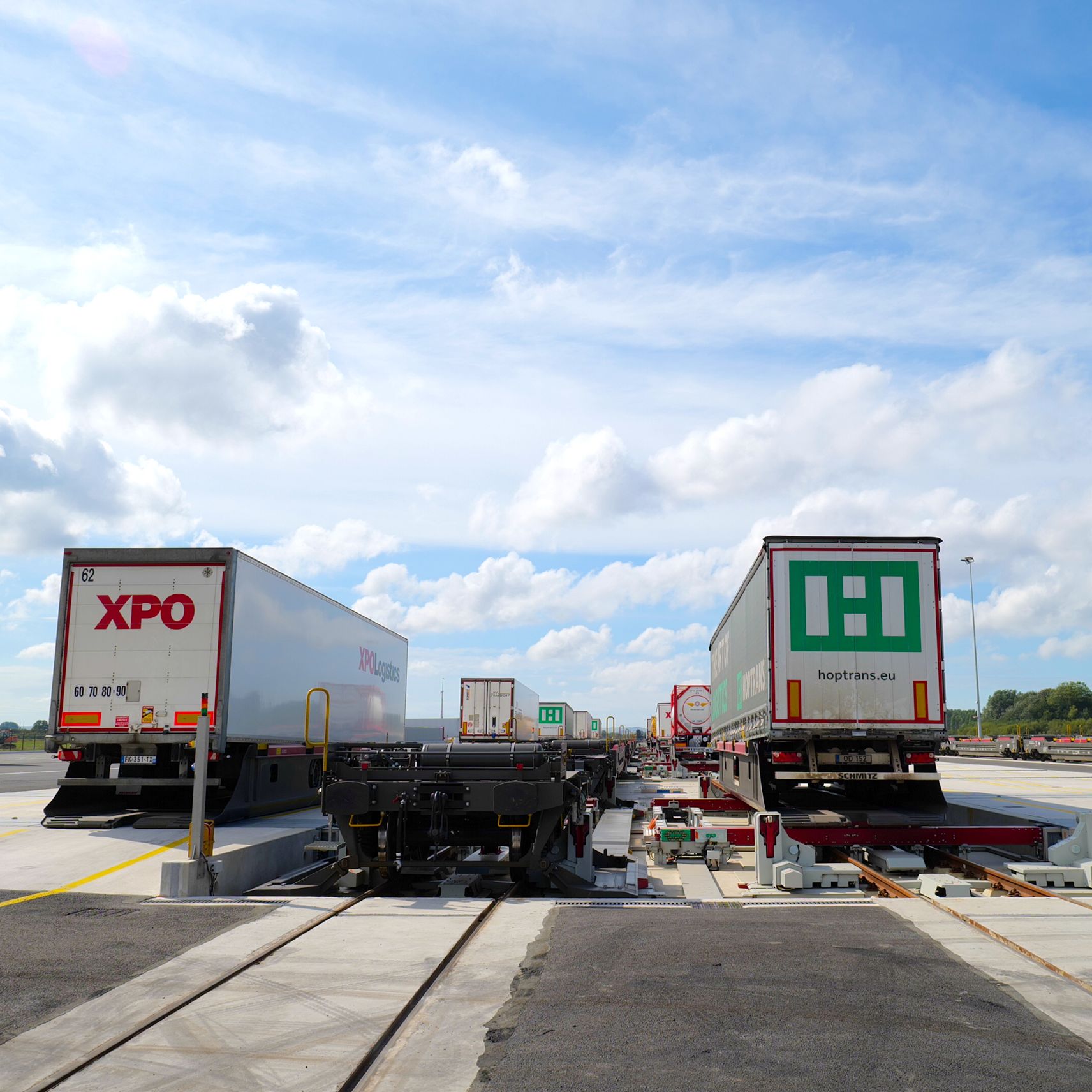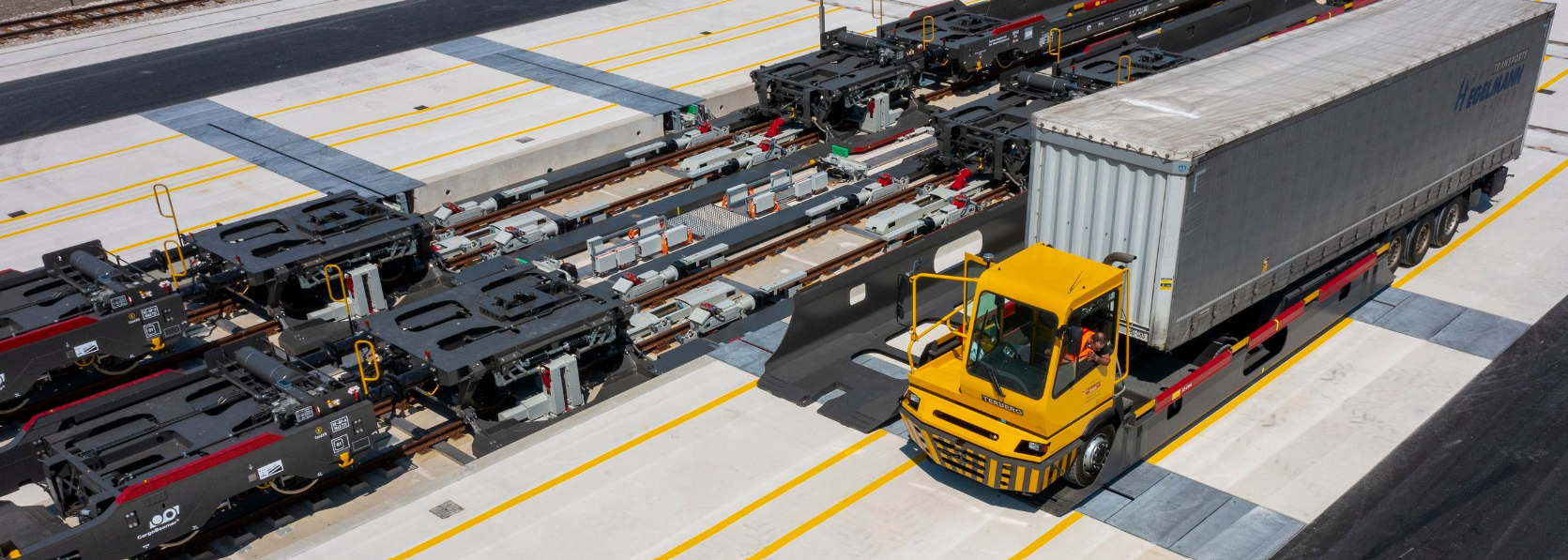As I reflect on recent discussions surrounding future of freight in the Baltics, it is evident that there is an acute need for a modern European standard railway infrastructure that would help boost our economies by integrating the Baltics into European transport network and within single European market.
Considering the existing infrastructural limitations, like the single-track broad-gauge system and the absence of direct rail links, infrastructure investments are crucial for the competitiveness and operations of the rail sector in the Baltic region.

The undertaking I represent, Rail Baltica, as a greenfield rail infrastructure project, stands ready to revolutionize connectivity across the Baltic states and beyond.
With more than 50 international and regional passenger stations and freight terminals strategically distributed, Rail Baltica aims to bolster economic growth and integration into the European high-speed rail network.
With the 1435 mm European standard gauge, it enables direct European connections but also significantly elevates the quality of rail services.
Integrated framework for air, rail, water, and road links for seamless connectivity
Rail Baltica’s design integrates a comprehensive connectivity framework with the existing network, encompassing air, rail, water, and road links. This includes planned rail-to-rail connections with existing wide gauge network at specific freight terminals and stations, with potential for further expansion. Rail-to-air connectivity features prominently with key passenger stations in Tallinn, Rīga, Vilnius, and Kaunas. Rail-to-water connection facilitate smooth transitions to maritime transport, while rail-to-road connectivity ensures all stations and freight terminals are accessible by road.
Effective transportation links offer manifold advantages to businesses, individuals, neighboring enterprises, the environment, and the economy at large.
Efficient transport connections:
- enhance accessibility and mobility, driving down costs and facilitating access to skilled labour.
- bolster productivity by fostering closer proximity among businesses, streamlining supply chain logistics, and promoting expertise sharing.
- stimulate the emergence of new business and residential hubs, attracting consumers and invigorating local economies.
For new residences or businesses to thrive, essential transport infrastructure must support them. As businesses and housing developments emerge, so does the influx of consumers. Identifying a business locale that remains untapped by competitors and showcases potential as a flourishing community not only benefits individual enterprises but also contributes to the overall expansion of the local economy.
- contribute to the creation of greener, healthier communities by reducing reliance on cars and advocating for eco-friendly transportation alternatives, be it train travel for international meetings or utilizing Rail Baltica for goods transport.

Vision for rail freight integration in the operational phase of Rail Baltica
In the realm of rail freight, a diverse array of stakeholders cooperates to ensure the smooth and efficient transportation of goods. From shippers overseeing the origin of goods to freight forwarders optimizing transport chains, railway undertakings executing rail transportation, terminal operators managing cargo transfer points, and infrastructure managers guaranteeing network robustness and reliability, each entity plays a crucial role in facilitating seamless freight services.
For us as infrastructure developer, Rail Baltica represents a unique opportunity to develop infrastructure for the future while addressing the immediate needs of the Baltic region’s transport network.

No doubts, we would like to create such a service offer that would attract freight volumes and facilitate modal shift in favor of rail. So, we decided to ask the industry players what their expectations from rail services are and what they consider as key elements enhancing rail integration into freight deliveries. We have conducted a comprehensive freight user survey, engaging freight owners, forwarders, and courier post companies.
- Effective communication and collaboration between rail infrastructure managers and other logistics service providers are paramount to deliver a seamless door-to-door service experience for customers.
- Communication solutions that are user-friendly, easily integrated, and secure, offering services such as Instant Messaging (IM), voice, video, and file sharing, as well as connectivity for Internet of Things (IoT) devices, are indispensable. Also, there is a growing demand for additional services like online traceability and predictive analytics, crucial for seamless door-to-door integration.
- Close cooperation with various infrastructure managers and terminal operators in Poland, Finland, and Germany is vital for the success of Rail Baltica.
- Competitiveness in terms of pricing and delivery time is imperative. Advanced pricing strategies need to be implemented along the Rail Baltica line to attract volume, as cost and delivery time remain key factors for customers.
- The concept of a “one-stop shop” is essential, where customers can engage with a single entity for capacity allocation, pricing, and services. Furthermore, implementing easy-to-use web-based booking solutions for end-to-end logistics across all involved operators, terminals, and infrastructure managers can streamline operations.
- Developing new service offerings to cater different types of goods is essential. This includes introducing high-speed trains for lightweight, high-value e-commerce goods, as well as providing first and last-mile delivery options, piggyback service, and auto-train service for carrying cars.
- A clear transfer of responsibility and a unified insurance policy for the entire Rail Baltica railway line are necessary to instill confidence and ensure smooth operations.

The author of the article is Kristīne Malnača, Head of Global Project Strategy and Economics Department at RB Rail AS.
The article was originally published on RB Rail AS LinkedIn channel.
